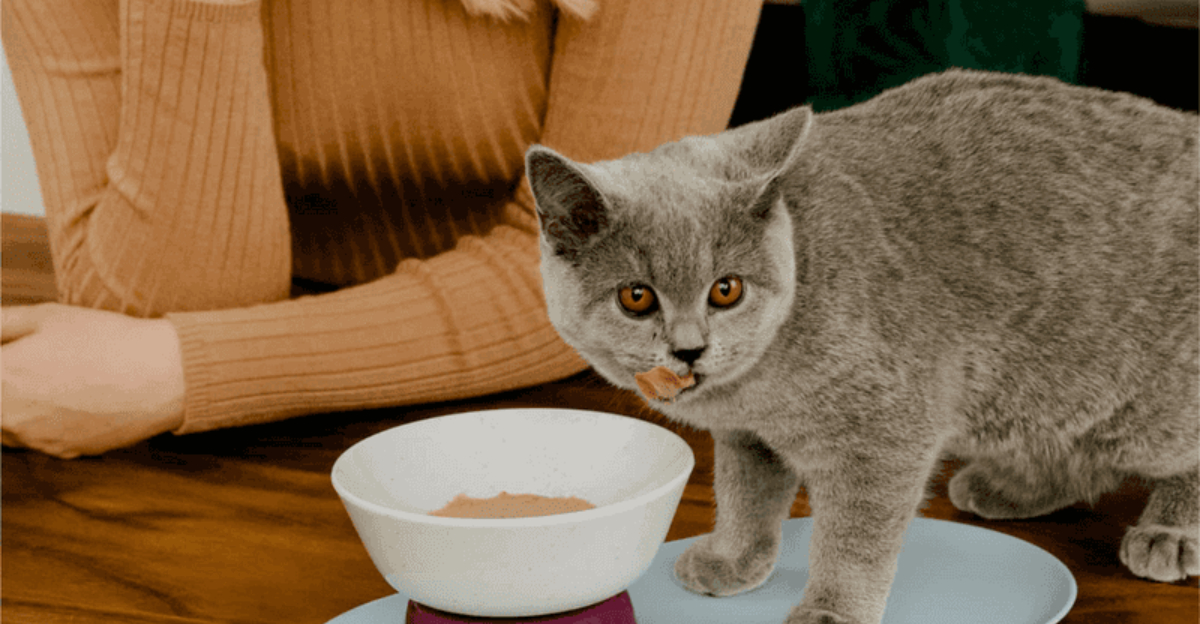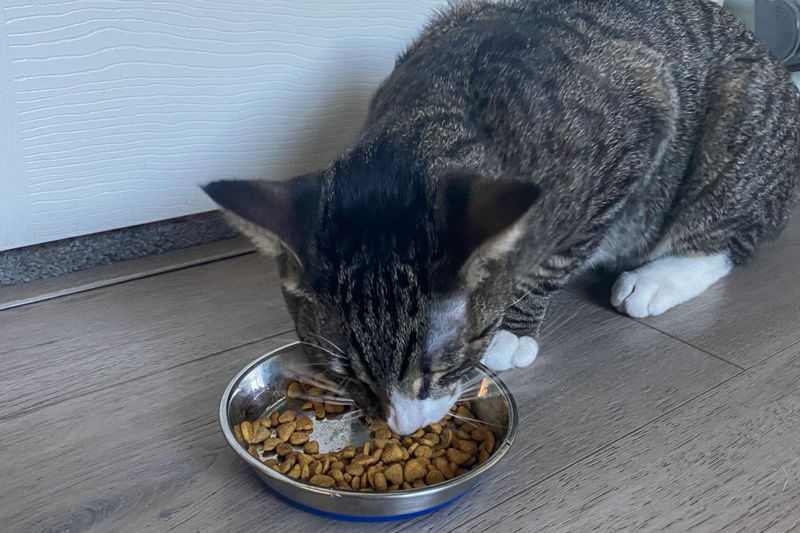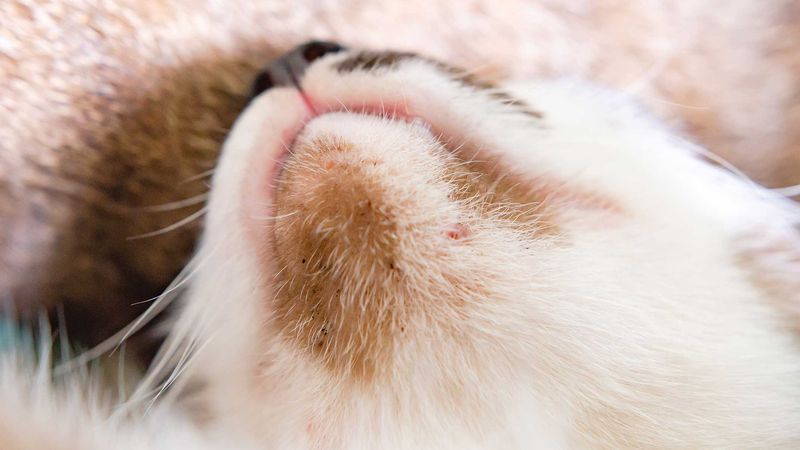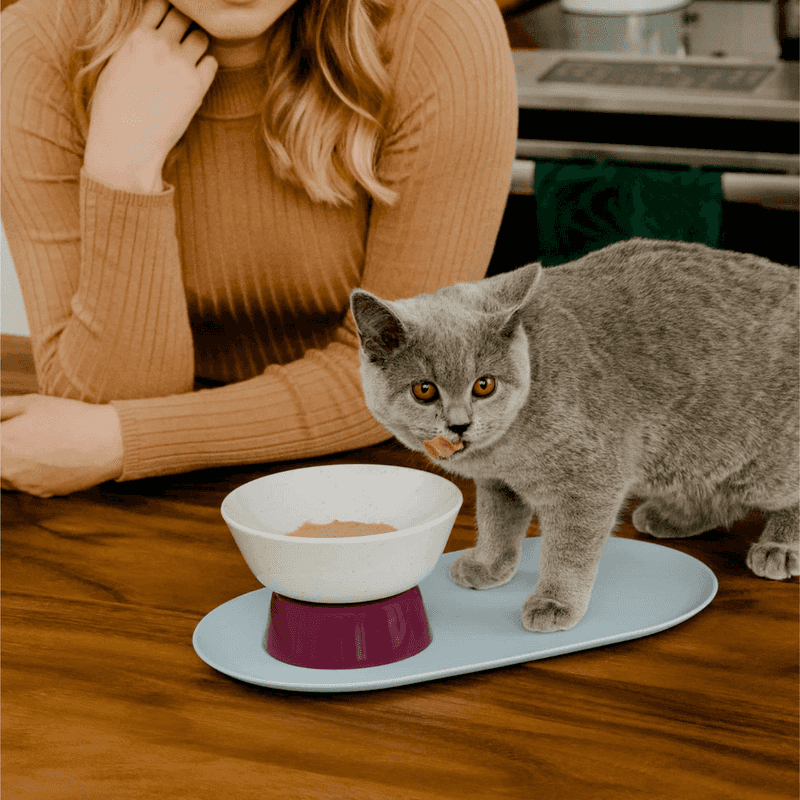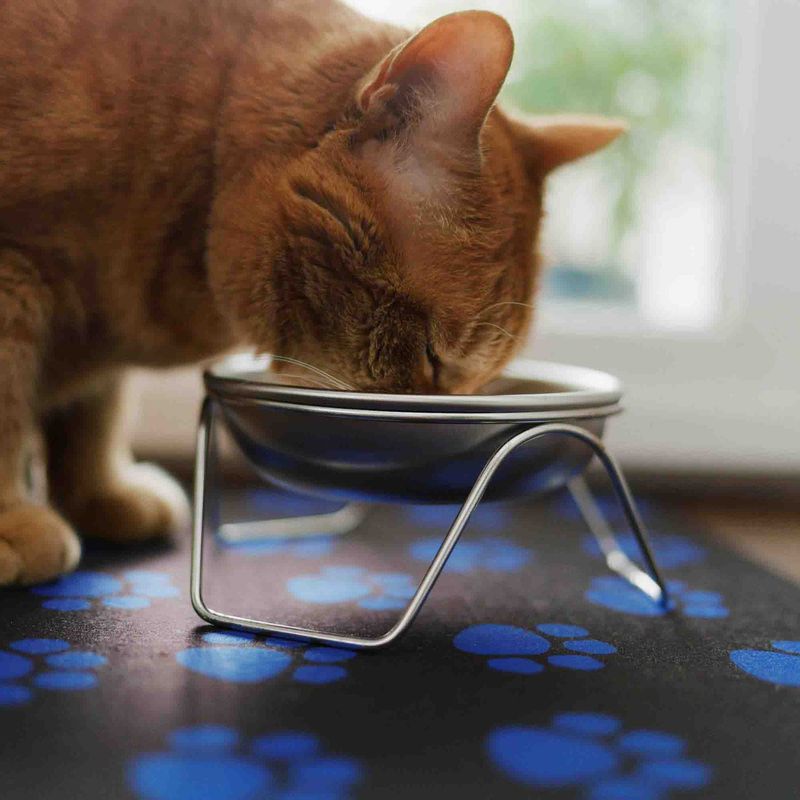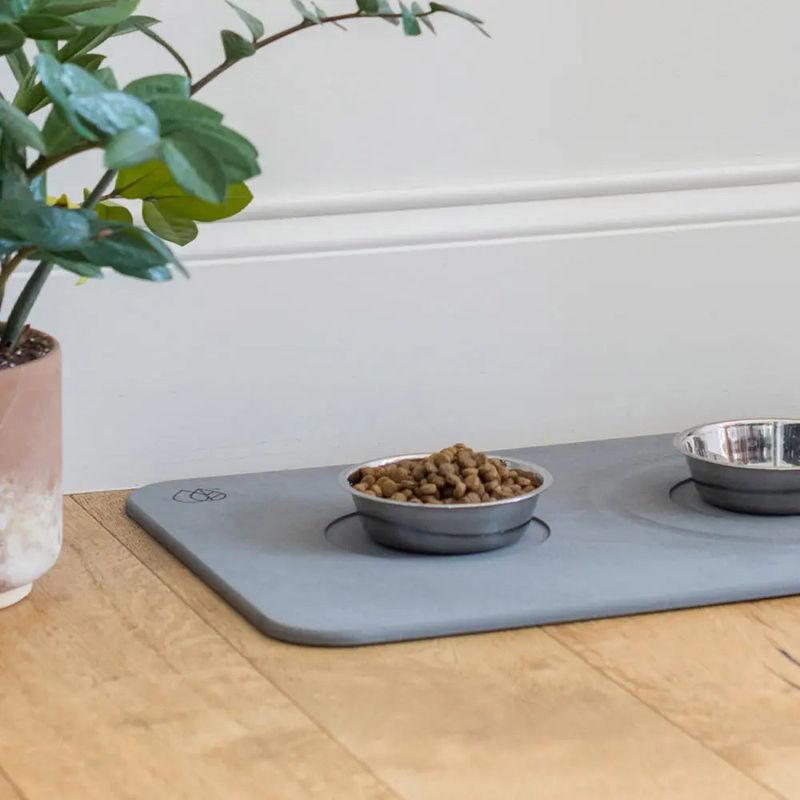📖 Table of Content:
As cat owners, we all want to provide the very best for our feline companions—from the food they eat to the dishes they eat from. While choosing the right type of food is often top of mind, the importance of the bowl itself is frequently overlooked. However, the material of your cat’s dish can have a significant impact on their health and well-being.
Not all dishes are created equal. Porous materials like plastic or low-quality ceramics can trap bacteria, harbor odors, and degrade over time, becoming a hidden source of health issues for your cat. These materials absorb moisture and food particles, creating an environment ripe for microbial growth—even if the bowl looks clean to the naked eye. In contrast, non-porous dishes, such as those made of stainless steel, glass, or high-quality glaze-finished ceramic, offer a much safer and more hygienic alternative.
From preventing feline acne to reducing the risk of bacteria-related illnesses, the right dish can make a big difference in your cat’s daily life. Let’s dive in and uncover why making this simple switch is a smart and healthy move for your furry friend.
1. Easier to Clean and Sanitize
Cleaning your cat’s dish shouldn’t feel like a science experiment. Non-porous materials are incredibly easy to wash because they don’t absorb leftovers or residue. Unlike plastic or stoneware that can retain grime even after scrubbing, glass and stainless steel dishes wipe clean with minimal effort. Most are dishwasher-safe, meaning you can sanitize them with high heat for extra assurance. This consistent cleanliness supports your cat’s digestive health and reduces the risk of contamination. Keeping up with daily cleaning becomes much more manageable with these materials. And when cleanup is easy, it’s more likely to be done right—every single time.
2. Prevents Feline Acne
Did you know your choice of cat dish could affect your kitty’s skin? Porous materials, often plastic, can harbor oils and bacteria, leading to pesky pimples on your cat’s chin, known as feline acne. Switching to non-porous dishes like glass or ceramic means fewer opportunities for these irritants to linger. In turn, your cat enjoys clear, healthy skin. It’s a small change with a big impact. Plus, a happy cat with a clean chin means more adorable, scratch-free nuzzles for you! Treat your feline friend to the comfort they deserve.
3. Resist Bacterial Buildup
Bacteria thrive in moist, porous environments—something pet owners often overlook. When your cat eats from a porous bowl, microscopic food particles and moisture can seep into the material. Over time, this creates a breeding ground for harmful microorganisms like Salmonella or E. coli. These bacteria can cause digestive upset or more serious illnesses in cats. Choosing a non-porous dish eliminates that risk by creating a barrier that bacteria cannot penetrate. The smooth surface repels moisture and residue, ensuring each meal is served on a truly clean surface. Simply put, non-porous dishes help stop the invisible threats before they start.
4. No Odor Retention
Smell matters more to your cat than you might think. Their sense of smell is 14 times stronger than ours, making stale or sour food odors extremely off-putting. Porous dishes absorb odors over time, even after being washed. These lingering smells can make cats hesitant to eat, especially if the scent is unpleasant or unnatural. In contrast, non-porous materials don’t hold onto food smells, keeping every meal fresh and inviting. This means fewer mealtime struggles and a better overall dining experience for your feline. A clean-smelling bowl is a small but powerful way to encourage consistent eating habits.
5. Longer Lifespan and Durability
Investing in a quality dish pays off over time. Non-porous bowls made from sturdy materials like stainless steel and tempered glass are built to last. They resist chips, scratches, and other damage that porous materials suffer from daily use. This durability ensures the bowl remains smooth and safe, with no crevices to trap germs or cause injury. Even after months or years of use, a well-made non-porous dish maintains its structure and cleanliness. You won’t need to replace it frequently, saving money and reducing waste. Tough, reliable, and safe—non-porous bowls are the long game solution.
6. Safe for Dishwashers and High-Heat Cleaning
Sometimes, a rinse just isn’t enough. To truly sterilize a dish, you need the power of high-heat washing—and non-porous dishes are up to the task. These materials can safely endure the heat and agitation of dishwashers without warping or degrading. Unlike plastic, which can leach chemicals or crack over time, non-porous options remain intact. This makes it easy to give your cat’s dish a deep clean whenever needed. High-temperature cleaning kills off any remaining bacteria or biofilm. So you can rest easy knowing your cat’s mealtime is as safe as possible.
7. Reduces Risk of Mold or Fungus
Leftover moisture is more dangerous than it seems. Porous bowls that absorb water can become damp breeding grounds for mold and fungus. This can be especially risky if you leave wet food out or live in a humid climate. Spores may not be visible but can still affect your cat’s health. A non-porous bowl, on the other hand, stays dry and impermeable, cutting off the conditions mold needs to grow. This makes it a safer choice for daily feeding. With one simple change, you eliminate a hidden threat from your cat’s environment.
